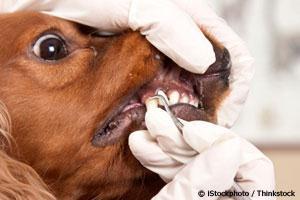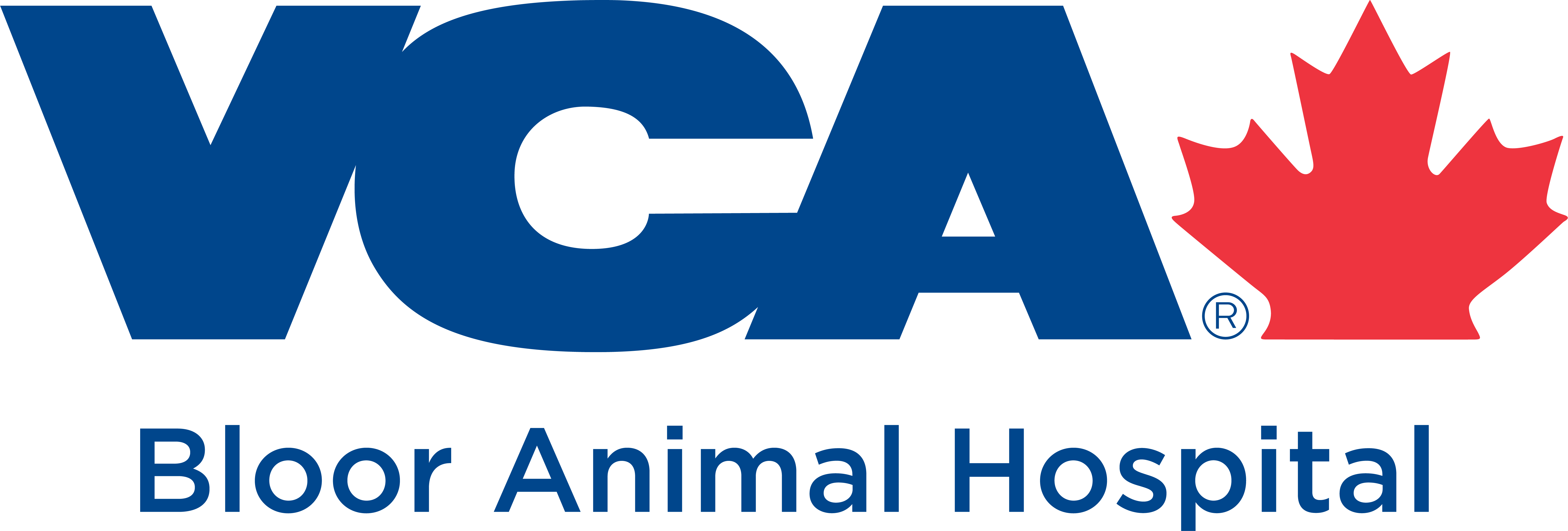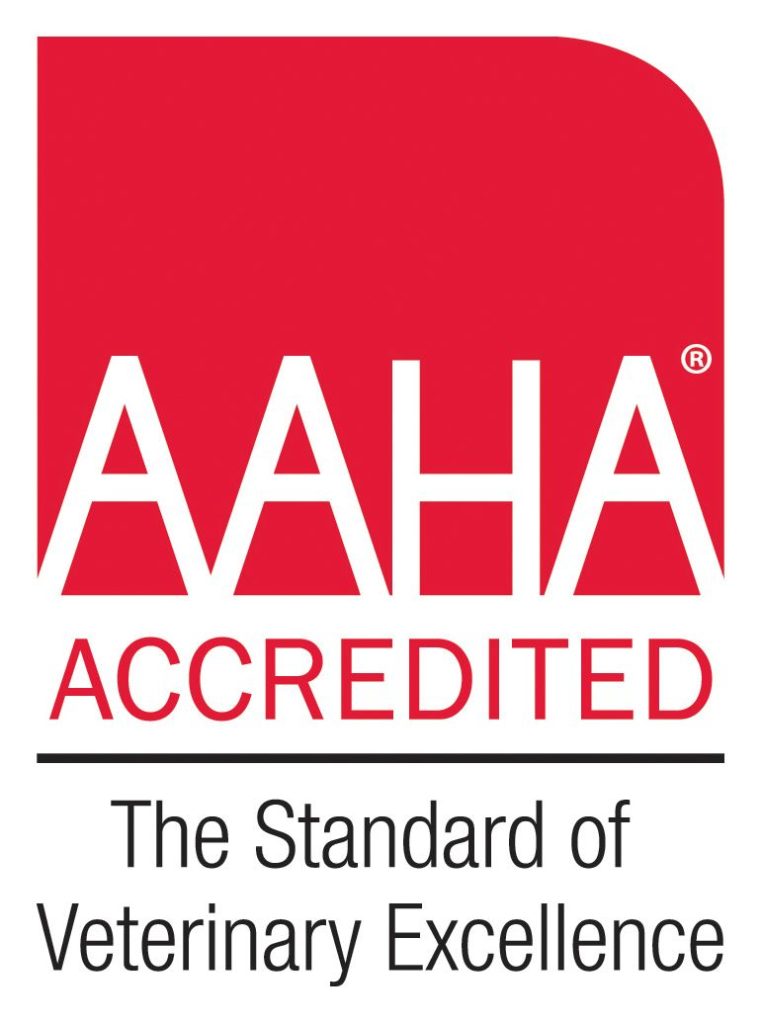
We’re sure many of you have heard of “anesthetic free dental cleaning” for your pets. They are often marketed as convenient as they can be done in your own home or at your local pet store. These procedures are often performed by members of the public that have declared themselves a title such as a “veterinary hygienist”. They are inexpensive and are done without anesthesia – sounds great right? Think again! Did you know that anyone who provides veterinary dentistry services in Ontario without the direction and supervision of a veterinarian will be considered to be practicing veterinary medicine without a licence? It is an offence for anyone who is not a licensed veterinarian to use a term, title, or description that may lead a member of the public to believe otherwise (ex veterinary hygienist, pet hygienist etc.).
So what is the danger you ask? Unfortunately, anesthetic free dentistry (AFD) brings with it other risks and leaves many (if not most) patients to suffer silently from unrecognized dental disease. Owners think they received a valuable service, when in fact they and their pets benefited very little.
This picture and dental x-rays are from a dog that had received regular non-professional teeth cleaning without anesthesia for many years. When the dog started to have difficulty eating her food the owner suspected that there might be problems that had not been detected. The dog needed close to 2 dozen teeth extracted because of advanced, severe periodontal disease. This is a prime example of how non-professional teeth scaling can allow severe dental problems to go untreated, leaving the patient in pain. We see many patients with similar stories. Note that the teeth appear “clean” and none were mobile or loose.
Figure 1. A periodontal probe is placed into an area of severe bone loss. The patient had recently had AFD performed and the teeth appear to be clean. None of these teeth were mobile.
Figure 2. Dental radiograph of the area pictured above. These teeth had minimal or no mobility despite loss of most of the supporting bone. The patient has been in pain for years.
Fig. 3 – Dental radiograph of the same patient, showing large areas of bone loss and multiple abscessed molars that had been missed during the recent AFD cleaning procedure. Changes like these take years to occur.
When humans receive a dental cleaning, we give total cooperation to the hygienist for around an hour. Veterinary patients have much more severe dental disease than the average human patient. Does anyone really believe that a dog or cat, with substantially more disease and oral pain than the average human, will cooperate adequately to enable a good cleaning? Really?
AFD services commonly state that they will refer patients if they find pathology requiring any treatment. Unfortunately, they do not even know what they are missing, and about the only thing they might be able to evaluate is whether a tooth is mobile. By the time a tooth is mobile it has usually been decayed and painful for years.
Professional dental cleaning includes scaling the crowns of the teeth both above and below the gum margin and polishing all scaled surfaces. Scaling is accomplished using ultrasonic power scalers and metal hand instruments that are kept extremely sharp.
Calculus accumulation above the gum line has little adverse effect on a pet’s health. Conversely, plaque and debris under the gumline may have a profound effect on a pet’s health. Anesthesia-free dentistry (AFD) can provide improvement in the appearance of the teeth due to the removal of visible calculus. This may give a pet owner the misimpression that a professional periodontal cleaning has been performed. However, without subgingival treatment, periodontal disease has not been addressed. Removing just the visible calculus from teeth, without addressing the area under the gumline, is just “tooth grooming” since it makes the teeth appear clean while providing minimal health benefit.
The use of general anesthesia is extremely safe when properly administered by trained individuals. Without general anesthesia, calculus and debris that pose a risk of aspiration since an endotracheal (breathing) tube with a properly fitting cuff is not in place. Power or hand scalers may contact the patient’s gums causing flinching or discomfort that may cause the pet to fear ongoing home hygiene measures. Physical restraint to force a painful procedure on a pet may induce fear of oral manipulations in the pet, cause physical injury to the pet or operator and results in substandard procedure. General anesthesia allows full oral examination with no patient jaw tone, objection, struggling, or anxiety. It allows tooth scaling without causing discomfort to the patient. It allows positive control, and protection, of the patient’s airway preventing aspiration of gross or aerosolized debris and bacteria. In short, it allows the operator to perform a complete and meticulous procedure.
As a profession, we are committed to patient health and safety. Given the advantages provided by the use of general anesthesia (improved patient safety, better experience for the patient, ability to perform a detailed and meticulous oral examination, ability to take dental x rays and much better quality of the actual cleaning) and the fact that AFD provides only the advantage of being cheap, the College of Veterinarians of Ontario consensus opinion is that professional dental cleaning must be performed with the patient maintained under general anesthesia.
![]()
(We would like to thank Dr. Tony Woodward -board certified veterinary dentist for the picture and x-rays and contribution to this article)
Written by Suzanne Lyons, D.V.M Practice Owner Bloor Animal Hospital.







